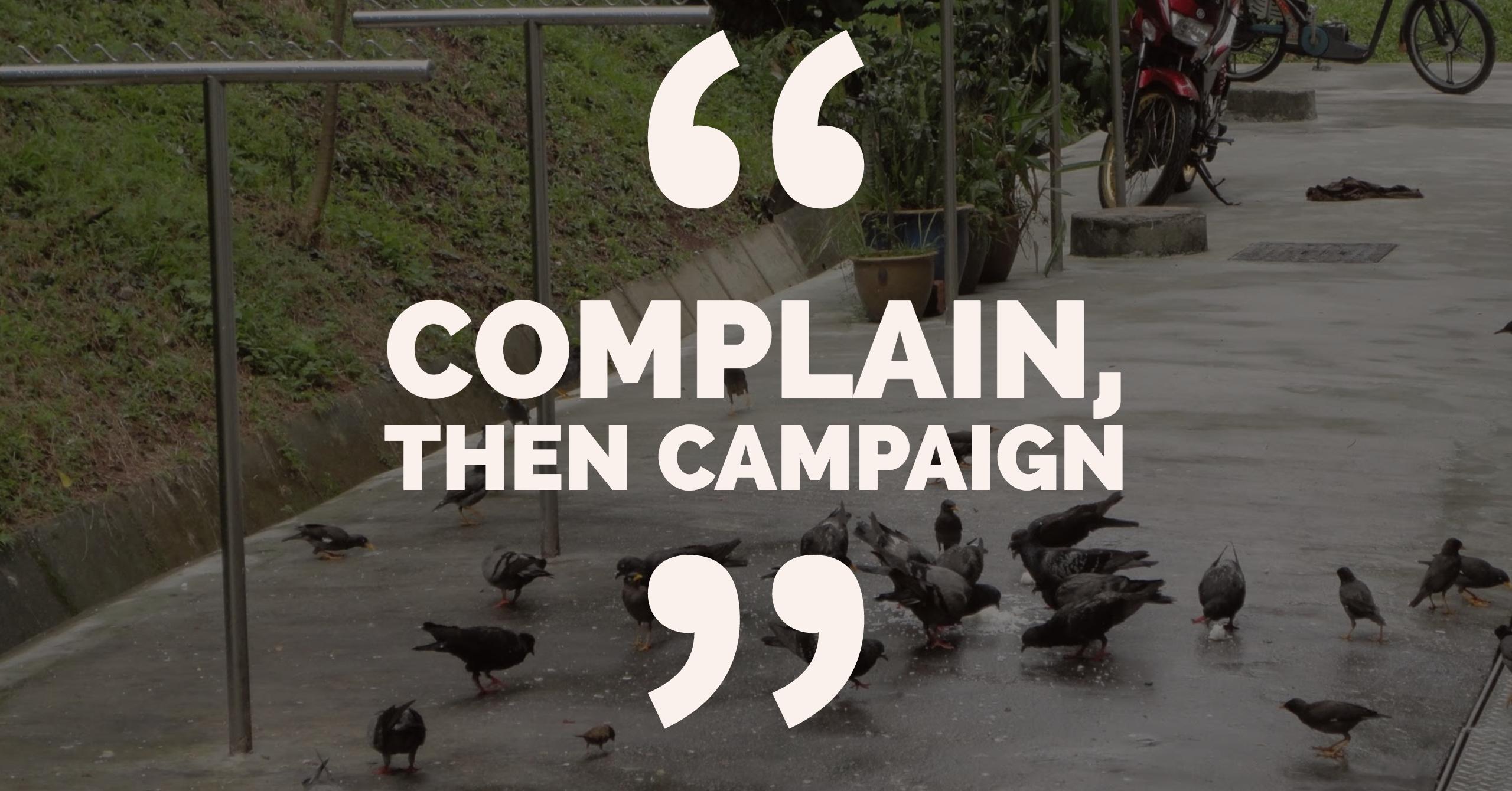It’s no secret – one of the official past-times in Singapore is complaining.
From delays on public transport, to the rising cost of living, to a disastrous lack of manpower at events, to most recently, the offensive inclusion of a certain type of rotorcraft in the Oxford Dictionary, we take to social media and our lunch breaks to rant about things that matter – and sometimes even about those that don’t.
In a bid to address issues Singaporeans encounter in their daily lives – such as appearances of pests, broken road signs, and even abandoned trolleys, the Municipal Services Office (MSO) was set up by the Ministry of National Development in 2014 to solve these small yet significant problems in a more efficient and streamlined manner.
OneService@SG
In September 2014, the OneService@SG app, jointly developed by MSO and the Infocomm Development Authority of Singapore (IDA) was launched so that Singaporeans can conveniently report municipal incidents.
Uploading of photo attachments and geo-tagging was also available, enabling users to send precise reports to ensure efficient handling.
Specific problems are then seamlessly ‘pushed ‘ to the relevant government agencies, which include AVA, HDB, LTA, NEA, NParks, People’s Association, PUB and the Police Force.
There are also standards set for response times across agencies; straightforward cases, like clearing litter, are addressed within a week, while cases which involve more than one agency might take up to 13 days.
The app was said have received rave reviews from its users, and subsequently won the Special Achievement in Geographic Information System (GIS) award from global mapping software firm Esri in July 2015.
“Not enough just to receive and attend to the feedback”
However, Tay Kim Poh, Deputy Secretary (Services) of Ministry of National Development, who oversees the MSO, states that the process does not simply end at resolving complaints.
The analysis of the compiled reports are used to help agencies and ministries use their resources more effectively and efficiently and “shape citizens’ behaviour”.
An example of this was when instances of noise complaints were observed to be highest during new year celebrations.
Agencies were then said to have worked with the Singapore Kindness Movement to encourage more civic responsibility, more caring neighbours, and eventually, less complaints for the government to take care of.

Moving From Being Reactive To Being Predictive
The idea of complaining about bad behaviour always leads us to think about online portal STOMP (founded in June 2006), which leverages on their concept of citizen journalism to keep their site running.
To put it nicely, it’s a collaborative effort to point out bad public behaviour; but to put it bluntly, its main objective seems to be photograph, shame and then hopefully name to shame even more.
This is not to say that Singaporeans don’t take STOMP posts with a huge grain of salt. For example, SGAG, the local version of 9GAG, which also relies on user-generated content, pointed out a discrepancy.
Facebook has also been increasingly used for naming and shaming, with the most recent being the explosive backlash that came with a woman berating a ‘deaf and mute’ cleaner in a food court.
The woman was identified efficiently by netizens, and the Resident’s Committee that she was allegedly from had to even issue an official statement to deny their association with her.
Needless to say, bringing light to such events and also the good samaritans among us is still a credit that these instances of citizen journalism have brought about.
However, with the OneService@SG app’s intentions to convert complaints to awareness-raising campaigns, I personally do feel that it could be more effective and productive than simply calling out on bad behaviour and shaming the individual.
Campaign City
Singapore is no stranger to campaigns, and regardless of success, was always seen as a technique to shape Singaporean social behaviour and mindsets. An exhibition, simply titled “Campaign City”, in 2013 at the National Library even showcased posters of campaigns from the 1960s.

While there have been examples of wide-scale campaigns going awry, such as recent criticisms of the Land Transport Authority (LTA) campaign and the backlash that came with the oddly-named I Love Children campaign, proper consideration of sensitive topics, and using methods that appeal to Singaporeans will definitely be the way to go.
Think: Grounded, slice-of-life snapshots of how actual Singaporeans live; without nausea-inducing cheesiness and or overly-political undertones.
I do hope that with this system, we get to see more effective campaigns in the future, but for now, let me lodge that complaint of the broken park lamp near my house.










